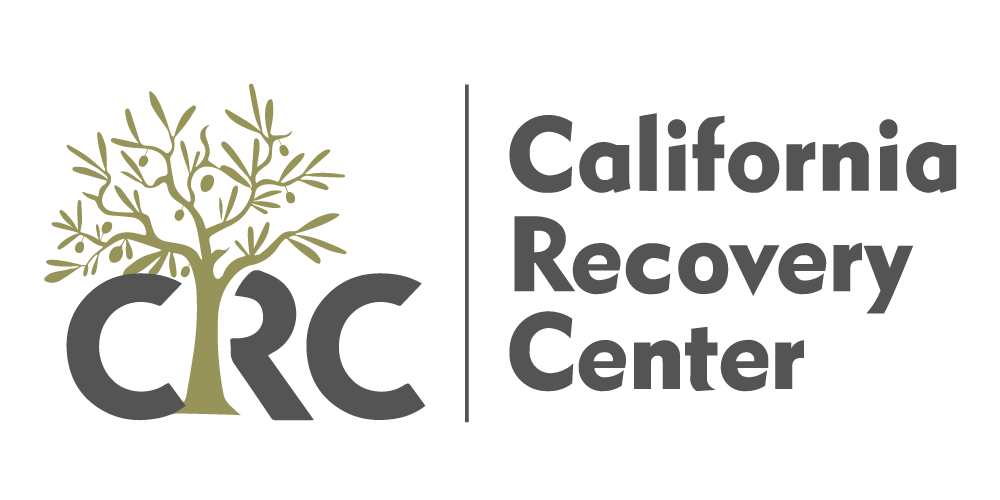Many people ask, “Can you get addicted to cocaine?” The simple answer is yes. Cocaine is one of the most addictive drugs in the world. It can cause dependence after only a few uses, and once someone is caught in the cycle, it is very hard to stop without help.
In California, cocaine continues to be a problem for young adults and older adults alike. According to reports, thousands of people enter treatment every year for cocaine use. In Roseville and nearby cities, treatment centers give people the chance to safely recover and build a better future.
This article explains why cocaine is addictive, how quickly addiction can develop, what the risks are, and what treatment options are available in California.
Why Cocaine Is Addictive
Cocaine comes from the coca plant. It is a stimulant, which means it speeds up the brain and body. When a person uses cocaine, the brain releases a large amount of dopamine. Dopamine is a chemical that controls feelings of pleasure, motivation, and reward.
The rush of dopamine makes people feel powerful, energetic, and happy. But the height does not last long. Soon, the brain crashes. People feel tired, anxious, or depressed. To get rid of the law, they often use more cocaine.
This cycle, short high followed by a crash, creates strong cravings. The brain begins to “learn” that cocaine is the fastest way to feel good. Over time, tolerance builds, meaning a person needs more of the drug to get the same effect. This is how cocaine addiction takes hold.
Can You Get Addicted to Cocaine Quickly?
Yes. Cocaine addiction can develop very quickly. Some people believe they can use it only on weekends or at parties, but even “casual use” can lead to dependence. Because cocaine changes the brain’s reward system, the risk of addiction is high after only a few uses.
Younger people may be even more at risk. Studies show that people who use cocaine before age 25 are more likely to become addicted. The method of use also matters. Smoking crack cocaine or injecting cocaine into the bloodstream often leads to faster addiction than snorting powder.
So, if you ask, “Can you get addicted to cocaine after just a short time?” The answer is yes. The risk is real for anyone who tries it.
Street Names and Forms of Cocaine
Cocaine goes by many names. People may call it coke, blow, snow, flake, or white. Crack cocaine, also known as rock, is another form.
Powder cocaine is often snorted or dissolved and injected. Crack cocaine comes in small rocks and is usually smoked. No matter how it is used, all forms of cocaine are addictive and dangerous.
Short-Term Effects
When a person uses cocaine, the body reacts within minutes or even seconds. Some common short-term effects are:
- A fast or irregular heartbeat
- High blood pressure
- Dilated pupils
- Restlessness or nervousness
- Increased energy and talkativeness
- Anxiety or paranoia
The high is often short-lived, but the body stays under stress. For some people, even small amounts can cause seizures, a heart attack, or a stroke.
Long-Term Risks
Using cocaine for weeks, months, or years takes a serious toll on the body. Some of the long-term risks include:
- Heart problems: Cocaine damages the heart muscle and increases the risk of heart attack and sudden death.
- Brain damage: Long-term use can cause memory loss, mood disorders, or even early dementia.
- Weight loss and malnutrition: Cocaine reduces appetite, which can lead to unhealthy weight loss.
- Nose and lung damage: People who snort cocaine often suffer from constant nosebleeds and loss of smell. Those who smoke crack may develop lung disease.
- Infections: Injecting cocaine raises the risk of HIV, hepatitis, and other blood infections.
Mixing cocaine with alcohol is even more dangerous. The body makes cocaethylene, a chemical that stays in the system longer and damages the heart and liver. This combination greatly increases the risk of sudden death.
Signs of Cocaine Addiction
Knowing the signs of cocaine addiction can help you recognize when someone needs help. Physical signs may include frequent nosebleeds, a runny nose, sudden weight loss, or muscle twitches.
Emotional and behavioral signs may include mood swings, irritability, paranoia, borrowing money, neglecting responsibilities, or hanging out with a new group of friends who also use drugs.
The biggest sign is cravings. If a person cannot stop using even after negative consequences, that is a clear sign of addiction.
Cocaine Withdrawal
When a person addicted to cocaine stops using it, the brain and body react quickly. Withdrawal symptoms usually begin within hours and can last for several days.
People often feel extremely tired, depressed, or anxious. Cravings for the drug can be overwhelming. Many also have trouble sleeping or experience vivid nightmares. Some feel irritable or hopeless.
While cocaine withdrawal is not usually life-threatening, it can be very hard to manage alone. Many people relapse without professional help, which is why detox at a treatment center is the safest choice.
Treatment for Cocaine Addiction in California
Even though there is no specific medicine that cures cocaine addiction, recovery is possible through treatment programs. In California, many rehab centers near Roseville offer evidence-based care.
Medical Detox
Detox is often the first step people are monitored by professionals who help manage symptoms and cravings. Detox makes the early days of withdrawal safer and more comfortable.
Therapy and Counseling
After detox, therapy is very important. Cognitive Behavioral Therapy (CBT) helps people change thought patterns and learn healthy coping skills. Contingency Management rewards people for positive actions, such as staying drug-free. For those with past trauma, Eye Movement Desensitization and Reprocessing (EMDR) can also help.
Residential and Outpatient Rehab
Residential rehab means living at the treatment center full-time. This option provides structure, 24/7 support, and a safe space for recovery. Outpatient rehab allows people to live at home and attend therapy several times a week. Both options can be effective, depending on a person’s needs.
Support Groups
Peer support groups, such as Narcotics Anonymous (NA), provide community and encouragement. Talking with others who understand the struggle of addiction can help people stay motivated and avoid relapse.
Recovery Center Near Roseville
In Roseville and throughout California, cocaine addiction remains a serious challenge. But help is available. California Recovery Center provides detox, residential treatment, and outpatient programs tailored to each person’s needs.
The path to recovery may not be easy, but it is possible. Many people who once felt trapped by cocaine have gone on to live healthy, fulfilling lives after treatment.
Taking the First Step
So, can you get addicted to cocaine? Yes, and the risk is high even after only a few uses. Cocaine addiction harms the brain, the body, and relationships. But no matter how far addiction has gone, recovery is always possible with the right support.
If you or someone you love is struggling with cocaine use, don’t wait. Contact us today. Our compassionate team is ready to guide you through detox, therapy, and long-term recovery.




